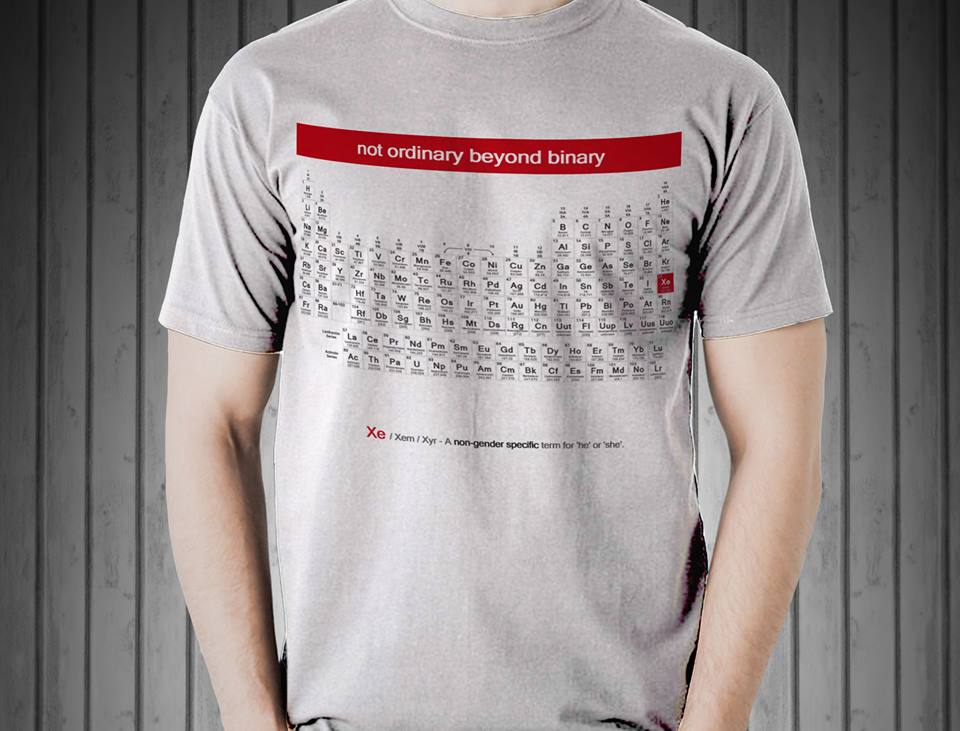Sean Nixon
Associate Professor of Art
Program Coordinator, Design Program
Art, Design, Fashion, Music, Theater & Communication Dept.
SUNY Ulster
In 2015, the top 225 design firms generated $65 billion in revenue from projects outside their home countries, according to ENR, Engineering News Report. The REAL World Classroom TM Design Program at SUNY Ulster is paying attention and on task with an ever-evolving pedagogy.
The annual capstone project of the program involves creating a client-based campaign, within an international collaboration. Modeling successful business behavior, using free, internet-based communication software with international partners prepares these design students to enter the global workforce experiencing the value of professional behavior working with clients.
Engaging in ubiquitous, internet-based communication software, the student is coached and must learn how to work in a social, familiar public platform, on a professional project internationally. Their challenge is to maintain a professional demeanor, and separate from their private lives, while solving a problem for a client, as well as participating in an intercultural and team building project. Students learn the necessity of process, professional demeanor, project flexibility and reflection. One major outcome is how this pedagogic process motivates and accelerates the learning process.
Here are the structural guidelines defining the components that the REAL World Classroom TM Design Program utilizes in constructing the Program’s capstone project.
- The Activity is Structured, Intentional and Authentic.
- The Activity Requires Preparation, Orientation and Training.
- The Activity Must Include Monitoring and Continuous Improvement.
- The Activity Requires Structured Reflection and Acknowledgment.
- The Activity Must be Assessed and Evaluated.*
* Criteria for Approved Applied Learning Activities. SUNY Applied Learning Resources, 2017, https://www.suny.edu/applied-learning/resources/ Accessed 12 July 2017.
The colloquium presentation will highlight the Spring 2017 capstone as a project example of the pedagogy of the REAL World Classroom TM Design Program, complete with student assessment and evaluation. This particular project produced a Transgender Pronoun Awareness Campaign for a client, the SUNY Ulster LGBTQ Club and the SUNY Ulster community.
To research more on the REAL World Classroom TM Design Program, google Sean Nixon with the REAL World Classroom TM Design Program. The SUNY Ulster LGBTQ page does not reflect the project because the campaign will not be launched until a TBD date within the Academic year 2017-18.
This research was presented at the Design Incubation Colloquium 4.0: SUNY New Paltz on September 9, 2017.
